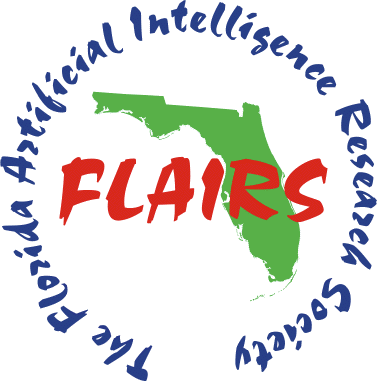Expanding the Reach of Structured EHR Data with Clinical Notes
Improving End-of-Life Prediction
DOI:
https://doi.org/10.32473/flairs.v34i1.128545Keywords:
healthcare informatics, predictive analytics, applied AI, prospective validation, equitable AIAbstract
Appropriate treatment decisions and end-of-life planning for patients with serious, life-limiting disease rely on accurate prognosis estimates. Many existing methods rely on structured electronic health record data which may limit generalizability across sites and restrict performance for patients with less documented history. Clinical notes may help to 'level the playing field'. We use History and Physical (H&P) notes written within 16 hours of hospitalization to predict 60-day, all-cause mortality. We test several neural network approaches and observe little improvement over a CNN by adding bi-directional recurrence or convolutional attention. The CNN was prospectively validated against an existing system using structured data. The CNN reports higher discrimination (86.0% vs. 80.6%) and average precision (31.4% vs. 17.9%). The CNN identifies fewer patients at high-risk but 91% were under-estimated by the existing method (high-risk: 80 vs. 131 with overlap of 7). Patients of both groups do die in the following months suggesting the two approaches identify different patient phenotypes which supplement one another. The CNN model better adapts to a new hospital where many patients have little or no structured history incapacitating the existing system (high-risk: 27 vs. 1).


